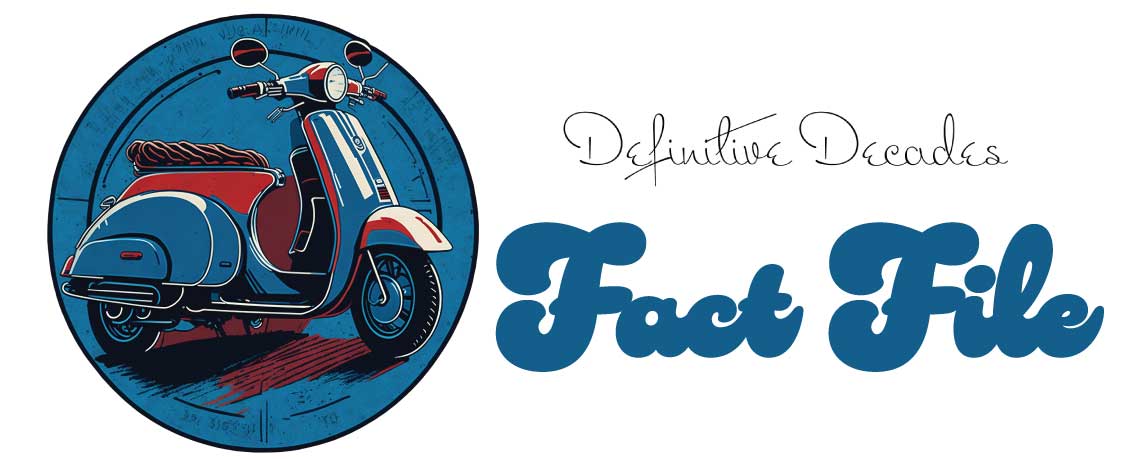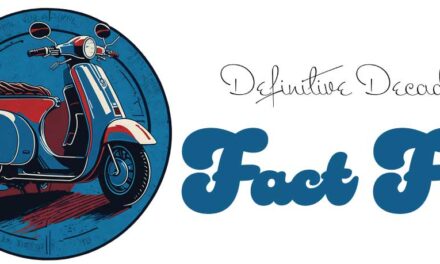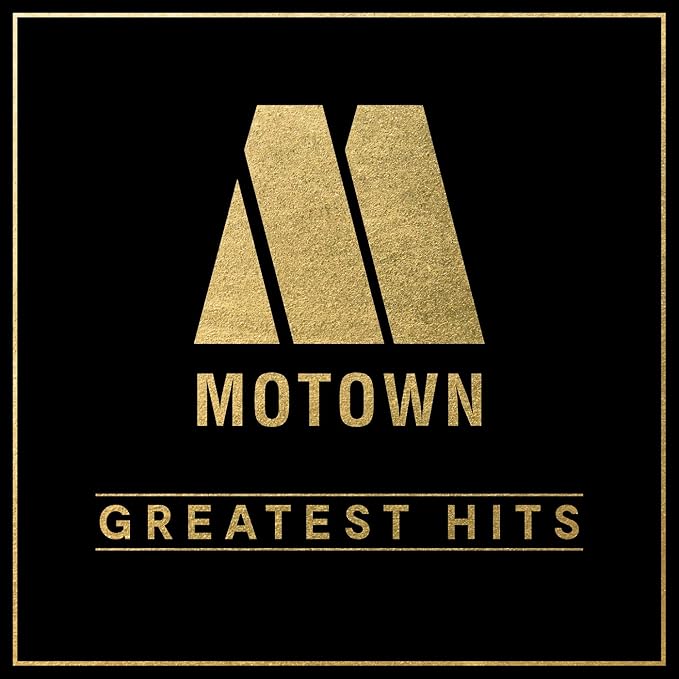“Indiana Jones and the Temple of Doom”: Exploring Action, Adventure, and Mythical Mystery
Released in 1984, “Indiana Jones and the Temple of Doom” is an action-adventure film set in the 1930s. Directed by Steven Spielberg, it serves as the second installment in the iconic Indiana Jones franchise, following the blockbuster success of “Raiders of the Lost Ark” in 1981. The film was produced by Lucasfilm Ltd. and Paramount Pictures, combining the creative genius of director Spielberg, screenwriter Willard Huyck, and producer George Lucas.
The movie takes place before the events of “Raiders of the Lost Ark” and immerses viewers in a world of mythical mystery, dangerous villains, and exhilarating action. It explores the exploits of the adventurous archaeologist Indiana Jones, played by Harrison Ford, as he embarks on a perilous journey to retrieve mystical artifacts and uncover long-lost treasures.
Set in the backdrop of 1935, the film opens with Indiana Jones finding himself entangled in a treacherous adventure in Shanghai. After a thrilling escape with the help of the charismatic singer and performer Willie Scott, portrayed by Kate Capshaw, and his loyal sidekick, Short Round, played by Ke Huy Quan, Indy stumbles upon a new avenue of exploration in India. There, he becomes embroiled in a nefarious plot involving an ancient cult, black magic, and a sacred stone. With innocent children being enslaved and a mystical stone missing, Indiana Jones takes it upon himself to unravel the mystery and save the day.
The casting of “Indiana Jones and the Temple of Doom” was a pivotal aspect that contributed to its success. Harrison Ford returned to reprise his role as the titular character, capturing the essence of Indiana Jones’ rugged charm and resourcefulness. Kate Capshaw brought life to the role of Willie Scott, adding a touch of humor and vulnerability. Ke Huy Quan, just a teenager during the production, provided a youthful energy and wit as Indiana’s loyal companion.
Upon its release, “Indiana Jones and the Temple of Doom” met with a mixed critical reception. Some praised the film’s thrilling action sequences, breathtaking special effects, and its darker tone, while others criticized its violence and alleged cultural insensitivity. Despite the controversy, the movie was a box office success, grossing over $333 million worldwide. It also spurred discussions about the portrayal of other cultures in Hollywood films and led to the creation of the PG-13 rating by the Motion Picture Association of America.
The success of “Indiana Jones and the Temple of Doom” propelled the franchise further into pop culture stardom. It served as an inspiration for countless adventure films, shaping the action genre for years to come. In 1989, Indiana Jones returned to the big screen with “Indiana Jones and the Last Crusade,” which continued the character’s exploits and explored his relationship with his estranged father, played by Sean Connery. Additionally, the franchise has expanded to include video games, novels, comic books, and a television series, solidifying its place in popular culture.
In conclusion, “Indiana Jones and the Temple of Doom” remains an enduring classic in the action-adventure genre. With its thrilling storyline, memorable characters, and exhilarating action set pieces, it captivated audiences around the world. Despite initial criticisms, the film’s impact on popular culture and the continued success of the Indiana Jones franchise demonstrate its lasting legacy. It continues to inspire new generations of film lovers and remains a testament to the power of immersive storytelling and the enduring appeal of the iconic Indiana Jones character.












